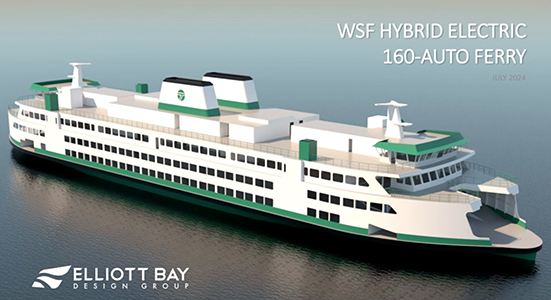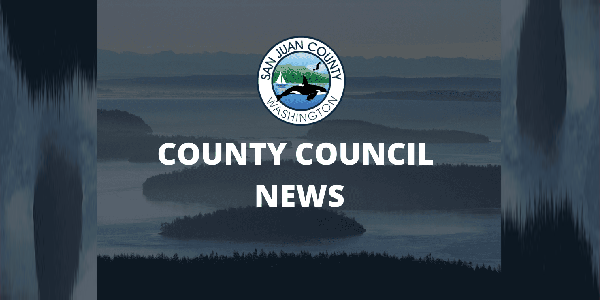At the County Council meeting held on Orcas Island last Tuesday, Sept. 27, Solid Waste Subcommittee Chair Patty Miller said that the subcommittee was developing its message as to what the solid waste disposal system will look like if voters accept Proposition #2 regarding a user fee on the November election ballot.
“We’re trying to keep it as short and succinct and also as fully descriptive as possible,” Miller said.
She reviewed the scenario leading to this ballot measure:
- Growth in trash in previous years that supported three separate waste disposal stations on Lopez, Orcas and San Juan Islands
- High fixed costs to maintain staffed facilities
- Starting in 2008, reduction in trash volumes resulted in operating deficits
- Extended process for re-siting the disposal site on San Juan Island
- Ongoing costs of decommissioning of the Orcas landfill at over $100,000 per year.
Thus, in early 2011, the council agreed to work on two alternatives and give voters the opportunity to decide between the two alternatives, Plan A and Plan B, as to how solid waste service is delivered, Miller said.
If the vote is yes, the following will result:
- Rate structure will be similar to current fees, with 2011 rates slightly reduced for 2012, afterwards the rates would go down more
- A user charge to maintain three separate facilities will be implemented
- Recycling could be added to island route collection franchise hauler’s discretion
- Appliances, motor oil and anti-freeze collection would be continued to be collected
Miller asked for input from the Council.
Council member Rich Peterson of San Juan Island suggested that “What’s going on on San Juan Island …would not affect the re-use facilities on Orcas and Lopez.”
Council Member Lovel Pratt said that the fee had formerly been referred to as a ‘parcel fee;’ and that the fee is “not a parcel fee… Plan A needs to call out the use of excise taxes for covering the debt [of the current waste disposal system]”
Council member Richard Fralick asked Miller to “Define ‘slightly’ in terms of a drop in rates from 2011 to 2012.”
Miller responded that, having spent over 20 hours at the computer figuring out rate schedules for Plan A and Plan B, she had needed to make “Hundreds of assumptions, including existing and projected tipping fees.
“I got 80% there, but my concern is the level of precision… if we need to put hard cold numbers side by side, there’s a lot of assumptions we’d be incorporating.”
If Plan B is implemented the county will make the sites available to private businesses. Miller said, “We have NO intention of selling these sites. The question is ‘Do we make the assumption that a private business will determine that the economics will pencil out to offer this service to citizens?'”)
She continued, “Are we comfortable with making assumptions based on the best available information; or do we go with a philosophy of two fundamentally different systems?
“As an agency we can’t argue for or against a ballot measure, we can communicate fact-based information regarding what the system will look like re impacts of initiative passage or failure.”
After further council discussion, Miller said, “All costs [beyond route collection] associated with operating the facilities includes thousands of assumptions. such as amortization over 15 years — and this is just residential, not commercial.”
**If you are reading theOrcasonian for free, thank your fellow islanders. If you would like to support theOrcasonian CLICK HERE to set your modestly-priced, voluntary subscription. Otherwise, no worries; we’re happy to share with you.**







